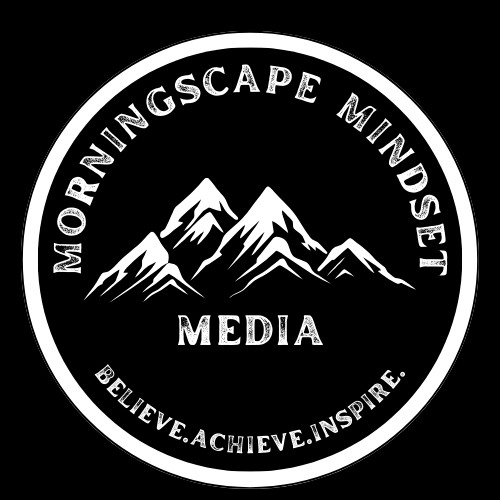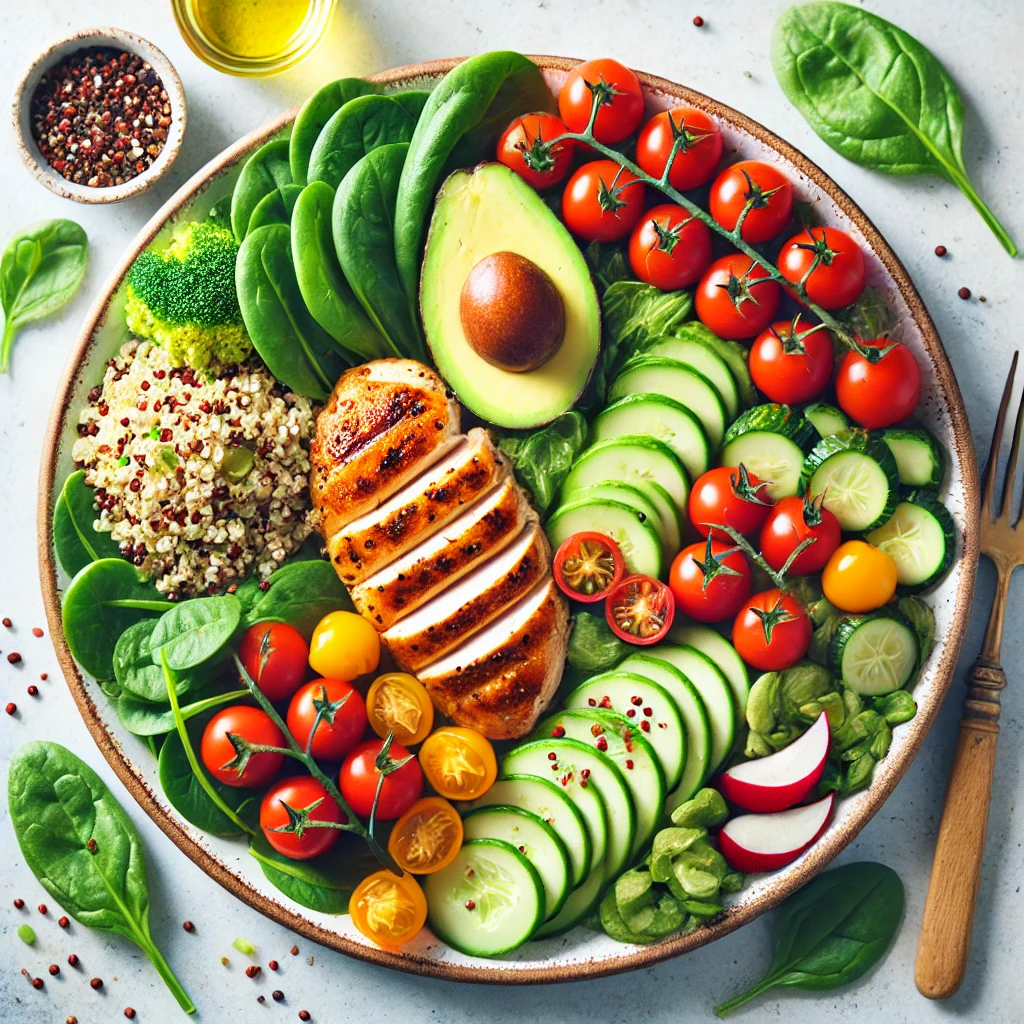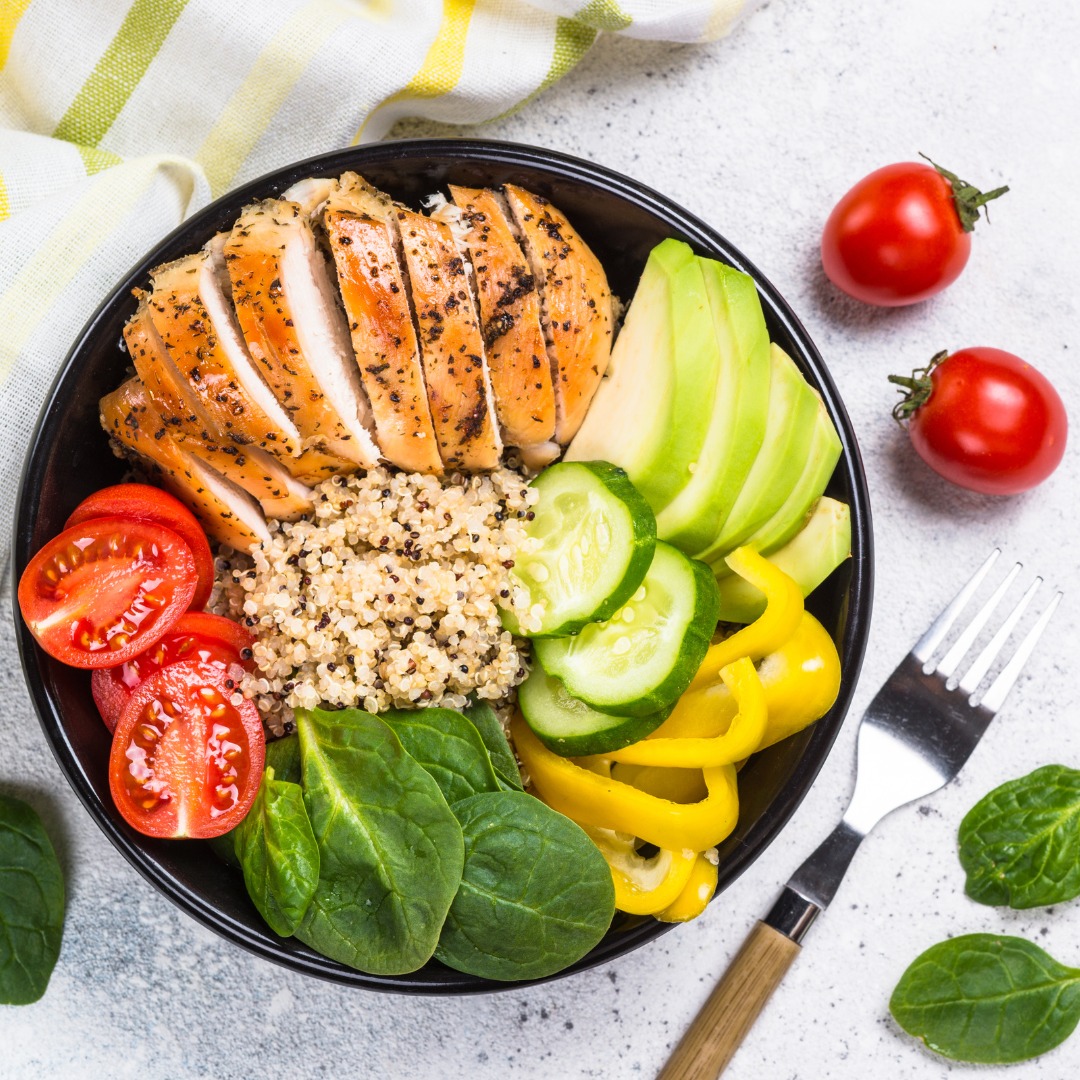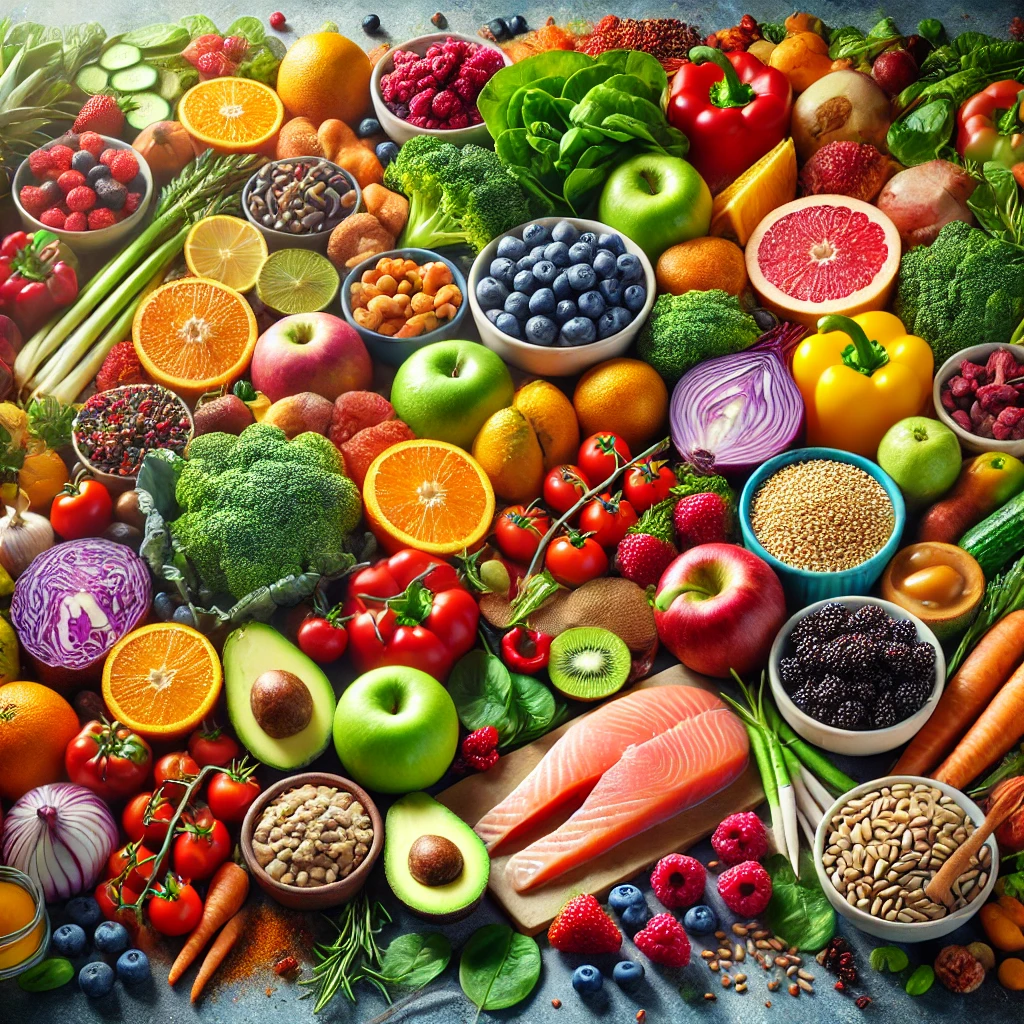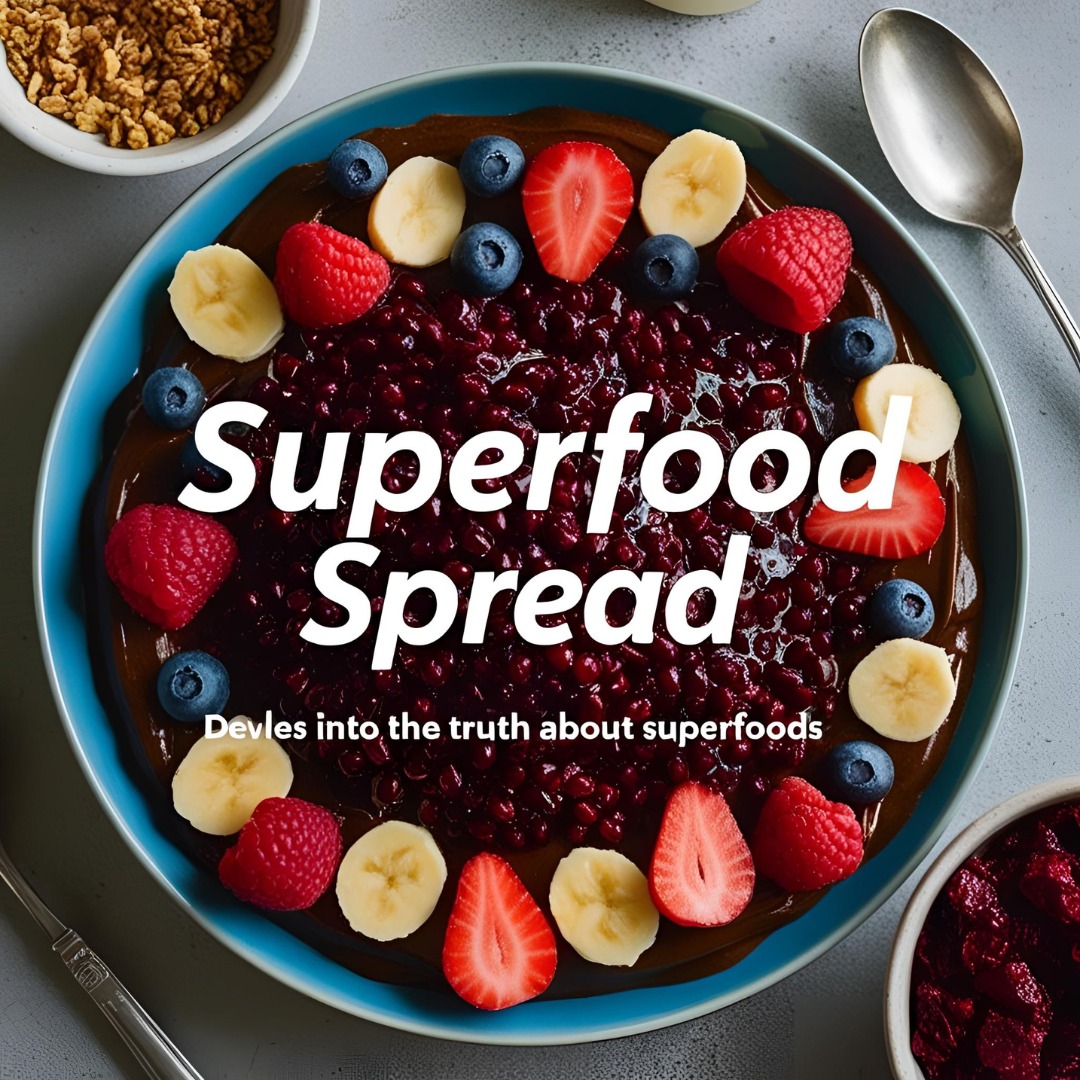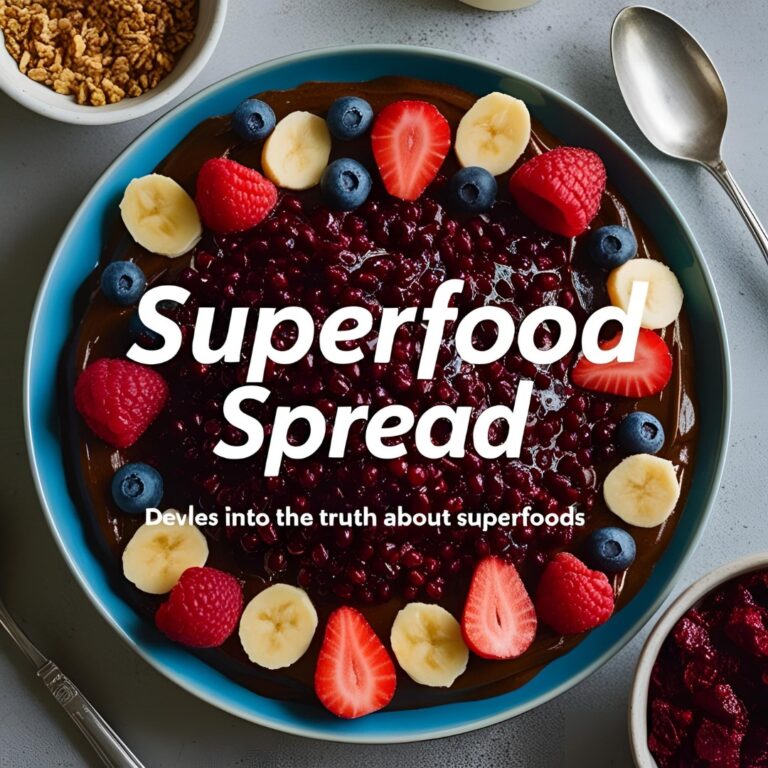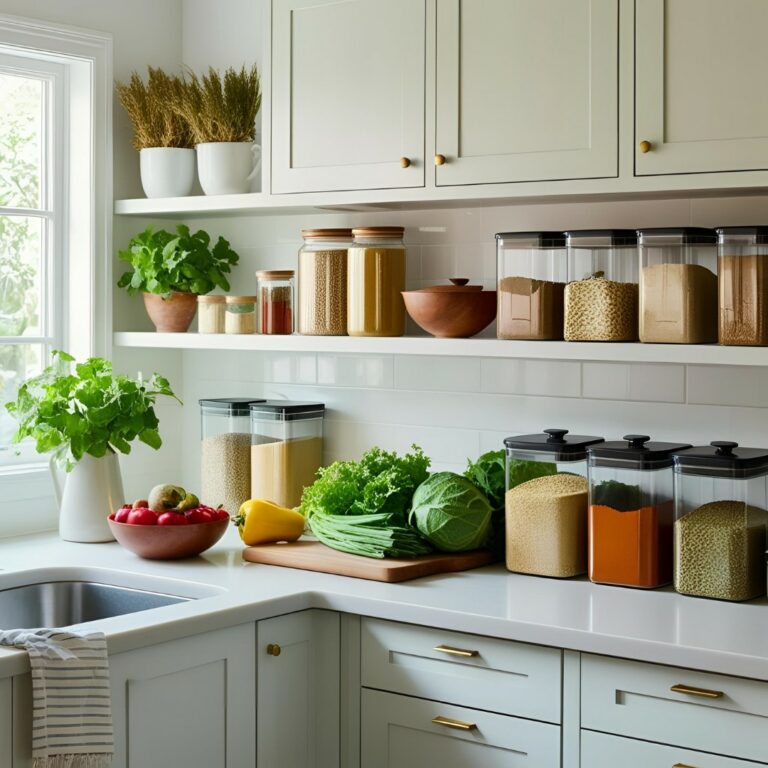Disclosure:
Thank you for reading this post, don't forget to subscribe!
Some of the links on this website are affiliate links. This means that if you click on the link and make a purchase, we may receive a small commission at no extra cost to you. Your support helps us keep the site running.Learn more on my Privacy Policy and Affiliate Disclosure page. Thank you for your support!
The Foundation of a Healthy Diet
Eating well isn’t just about counting calories—it’s about nourishing your body with the right balance of nutrients to support energy, brain function, digestion, and overall well-being. A balanced meal includes a thoughtful combination of macronutrients (protein, carbohydrates, fats) and micronutrients (vitamins, minerals) to keep you thriving.
In this post, we’ll explore the key components of a balanced meal, how to structure meals for long-term health, and practical tips to build sustainable eating habits.
READ NEXT:
The Key Components of a Balanced Meal
1. Lean Proteins: The Building Blocks
Protein is essential for muscle repair, immune function, and satiety. It keeps you full longer and plays a key role in metabolism.
✔ Best sources: Chicken, fish, tofu, lentils, eggs, Greek yogurt, beans
✔ Portion guide: Aim for 20-30g of protein per meal (about a palm-sized portion)
2. Complex Carbohydrates: Energy and Fiber
Carbs fuel your brain and body. Choosing complex carbs ensures steady energy release and digestive health.
✔ Best sources: Quinoa, brown rice, oats, sweet potatoes, whole wheat bread, beans
✔ Portion guide: ¼ of your plate should be complex carbohydrates
3. Healthy Fats: Hormone and Brain Support
Healthy fats support brain function, hormone regulation, and nutrient absorption.
✔ Best sources: Avocados, nuts, seeds, olive oil, fatty fish (salmon, mackerel)
✔ Portion guide: Aim for 1–2 tbsp of healthy fats per meal
4. Fiber-Rich Vegetables: Micronutrient Powerhouses
Vegetables provide essential vitamins, minerals, fiber, and antioxidants that protect against disease.
✔ Best sources: Spinach, broccoli, kale, bell peppers, carrots, zucchini
✔ Portion guide: Half of your plate should consist of colorful vegetables
5. Hydration and Healthy Beverages
Water aids digestion, circulation, and metabolism. Choosing nutrient-dense drinks enhances hydration without excess sugar.
✔ Best sources: Water, herbal teas, lemon water, smoothies (without added sugars)
✔ Goal: 8–10 glasses of water per day
How to Structure a Balanced Meal
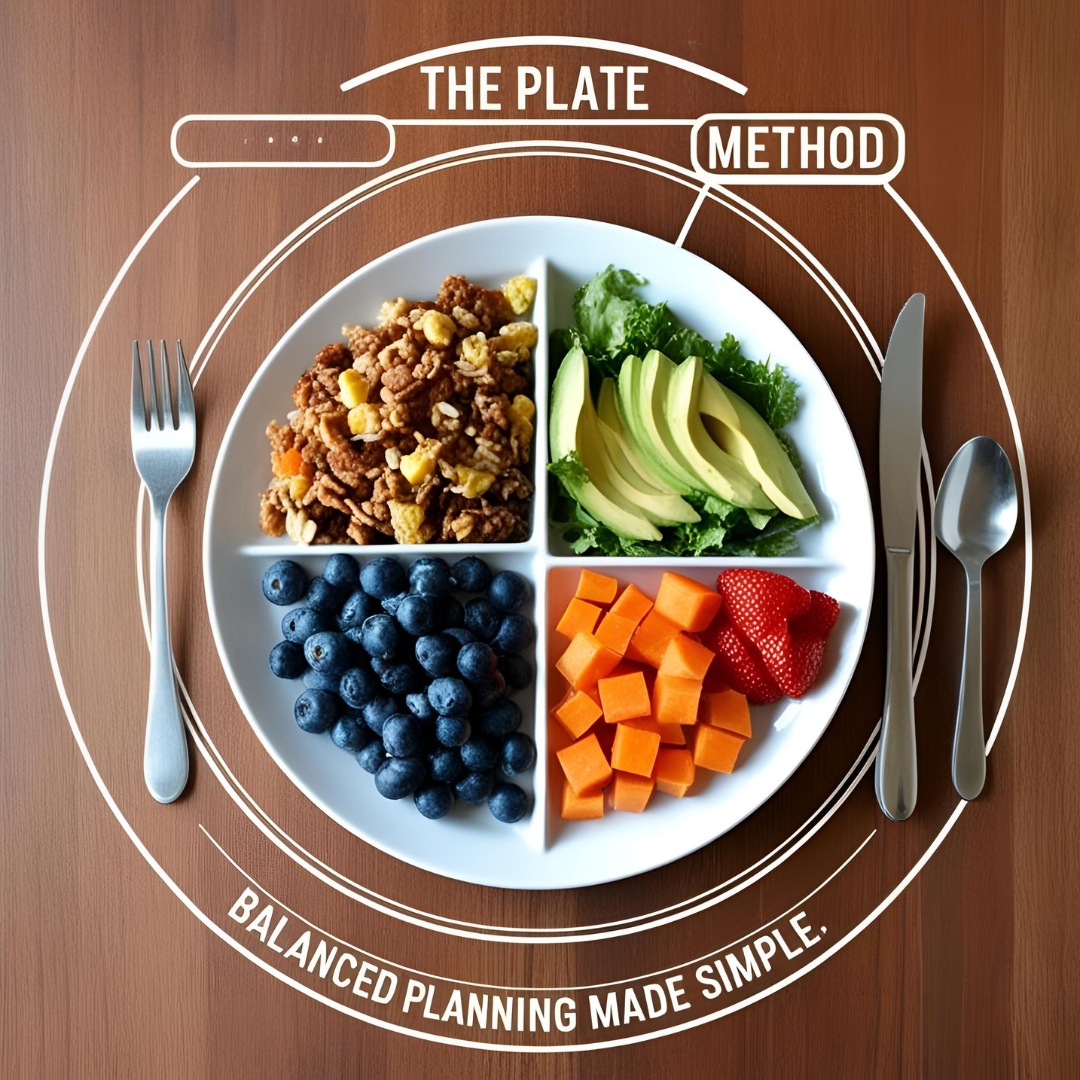
The “Plate Method” for Simple Meal Planning
A great way to build balanced meals is using the plate method, where:
- 50% of the plate is vegetables
- 25% is lean protein
- 25% is complex carbs
- A small portion of healthy fats
Sample Balanced Meal Ideas
✔ Breakfast: Oatmeal topped with chia seeds, berries, and Greek yogurt
✔ Lunch: Grilled salmon with quinoa and roasted vegetables
✔ Dinner: Stir-fried tofu with brown rice and steamed greens
By following this structure, your meals will provide sustained energy, better digestion, and overall improved health.
Common Mistakes to Avoid When Building Meals
RECENT POST:
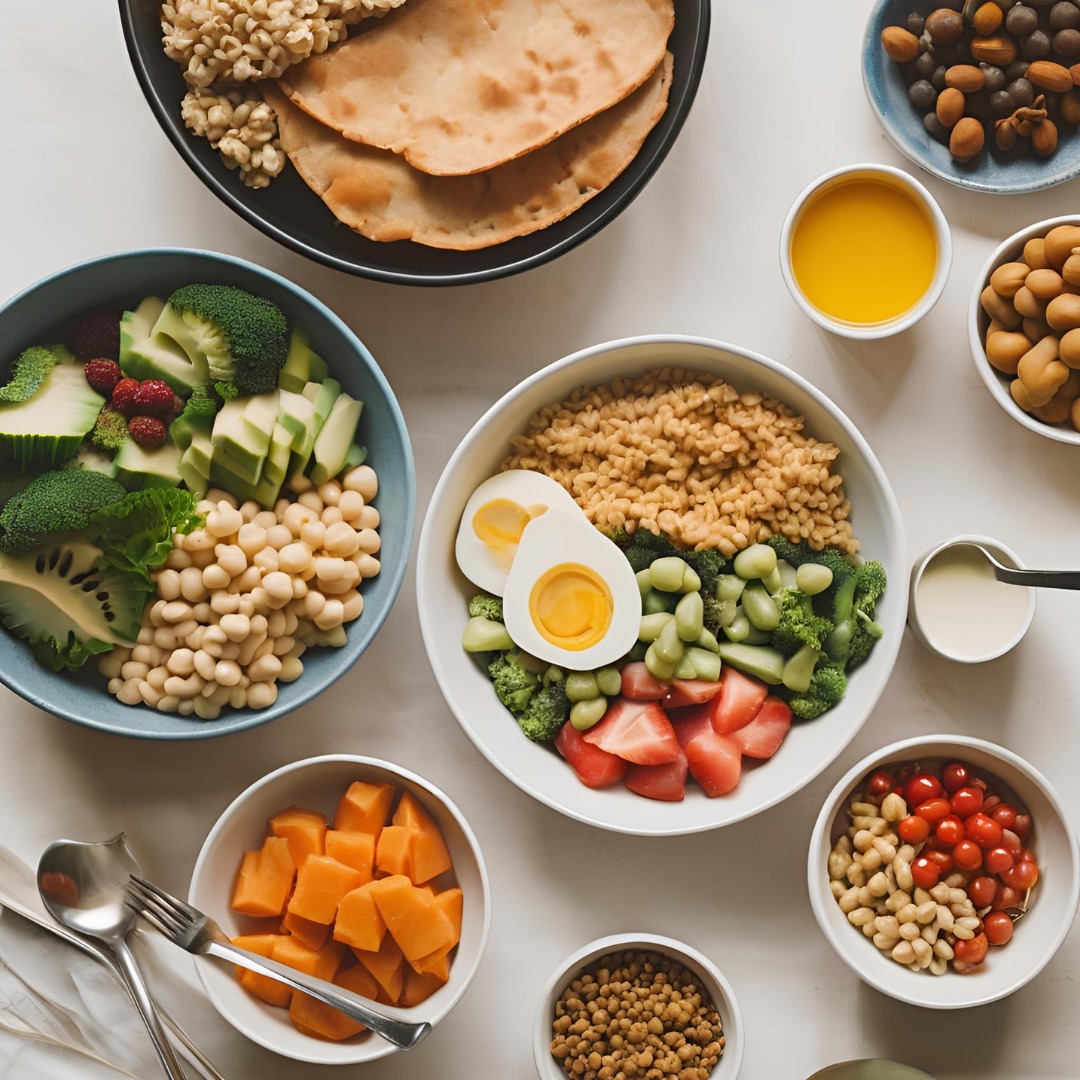
❌ Skipping protein: This leads to hunger and poor muscle recovery
❌ Choosing refined carbs: Opt for whole grains instead of processed foods
❌ Neglecting portion sizes: Even healthy foods should be consumed in moderation
❌ Ignoring hydration: Lack of fluids can slow metabolism and digestion
RECENT POST:
Simple Steps for Lifelong Nutrition
Building a balanced meal doesn’t require strict dieting—it’s about making smart, sustainable choices. By focusing on protein, healthy carbs, essential fats, and nutrient-dense vegetables, you can support overall health while maintaining energy and focus.
What does a balanced meal look like for you? Share your go-to meal ideas in the comments! If this post helped you, spread the knowledge by sharing and exploring more valuable content at MorningScape Mindset Media.
MORE ABOUT:
HEALTH / WELLNESS / FITNESS / NUTRITION
SHARE THIS ARTICLE
